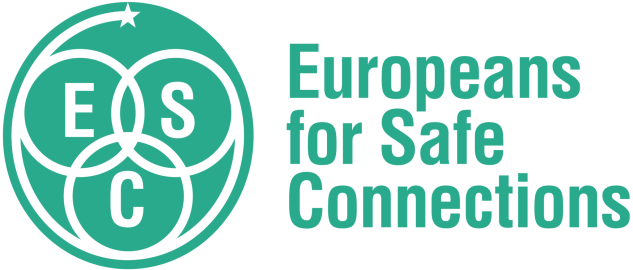
World EHS Day 16 June
Let’s make the invisible visible
Since a few decades a certain part of the human population has been living on the edge of society. And all over the world these people have mentioned one and the same cause. You have probably never seen them. They hide in their homes, in summer cottages, in the countryside, in caravans in the woods and some even flee abroad. But they are there and their numbers are growing. It seems they no longer have the same rights and opportunities as the rest of the population. And there are so many things they can’t do:
- They cannot find jobs
- They cannot stay in hospitals
- They cannot take part in family events
- They cannot use trains or planes
- They can’t go to concerts or to the cinema
Whatever you are able to do, there is a big chance they are not. Do you have any idea why?
The answer is simple. It is the radiation from wireless technology such as mobile masts, mobile phones, Wi-Fi, Bluetooth etc. And it is the effect from the ever-increasing use of electricity. They are forced to avoid these electromagnetic fields to prevent falling ill. They suffer from what is called electro hypersensitivity – EHS.
Man-made radiation levels have increased many thousands – or more like millions – of times over the last 20-30 years. More and more people are reacting to this physically with headaches, insomnia, rashes, allergies, heart palpitations, stomach problems, earaches, stress, fatigue and much more. Please read “Electromagnetic hypersensitivity in Denmark – A challenging handicap” prepared by the Danish EHS Association.
The European Economic and Social Committee says in their EU Publication “Digitalisation – a challenge for Europe” that about 13 million Europeans suffer from EHS. “Every day the number of EHS sufferers is increasing: according to recent estimates, between 3 and 5% of the population is electrosensitive, which means that around 13 million Europeans may suffer from this syndrome…”
These “invisible” people find it very difficult to stand up for their legal rights, as their environmental disorder is neither known nor recognised in society at large. They find it very difficult to draw attention to their dreadful situation; those most severely affected cannot even use mobile phones, computers and they cannot move about in public in a normal way.
On 16 June, yellow chairs will be set up in public spaces around the world. The chairs will portray these “Invisible” people and will give an insight into their personal lives with limited rights on the edge of society. The International EHS Day was initiated by the French EHS organization Coeurs d’EHS back in 2018.
Coordinator for
“Stop (((5G))) – Stay Connected but Protected”
Pernille Schriver
www.signstop5g.eu







